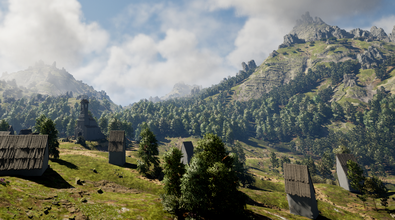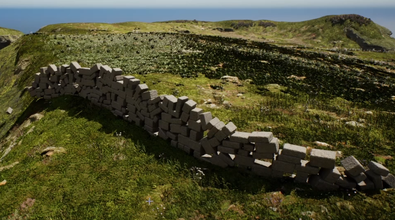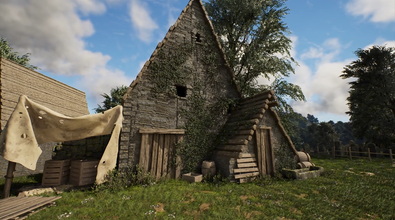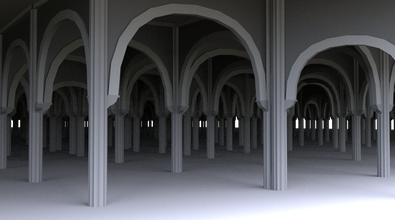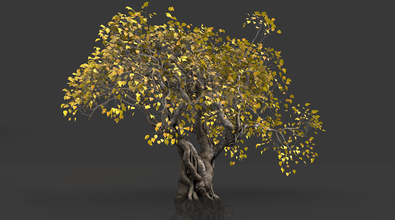Feike Postmes
FeikePostmes
About Me
I'm a freelance Technical Artist with a love for mathematics, currently co-developing the Natsura foliage toolset. I also co-founded DodoDevs, a technical art company, where I'm working on procedural solutions for 3D content generation.
I grew up in the Netherlands and studied International Game ... more
I'm a freelance Technical Artist with a love for mathematics, currently co-developing the Natsura foliage toolset. I also co-founded DodoDevs, a technical art company, where I'm working on procedural solutions for 3D content generation.
I grew up in the Netherlands and studied International Game Architecture & Design at Breda University of Applied Sciences. Previously I worked for Applied Intuition and was a part of Square Enix's R&D division, channeling my inner nerd to discover the wonders of procedural buildings. less
専門知識
Freelancer
業界:
Gamedev
Houdini Engine
Availability
I am available for Freelance Work
チュートリアル
Recent Forum Posts
APEX for Foliage Generation 2024年10月11日10:16
We have made a lot of progress! The tools are feeling amazing to play with. Have a look at this tree, no animation was added, this is just a simulation made with the toolset
below an image of the apex graph generating the tree
below an image of the apex graph generating the tree
APEX for Foliage Generation 2024年1月8日6:30
Hey there! Here is a little background on this project:
I used to work on Project Pegasus, where I worked on foliage tooling with George and Tilman. At that time we thought about using APEX for the foliage tooling, but decided not to look into it. Now that I have some free time, I have immersed myself in the world of APEX and I absolutely love it!
For those who are not familiar with APEX (as I was and probably still am), APEX stands for 'All-Purpose EXecution'. What you can do with it is vaguely similar to PDG in that you can design the operation you want to be done in advance. This is where the delayed evaluation of APEX comes into play, which is currently best documented for APEX rigging. When we talk about an operation here, you can imagine that a polyextrude is an operation as well as using a merge SOP. I have not touched the rigging side yet. I think APEX is capable of much more and can be used in many other areas, for example foliage generation!
Above you can see how these nodes generate an APEX nodegraph
Here you can see how the APEX graph looks like after it goes into the "solver" and the final operations get appended
A bit more context: 1 node adds 1 operation to the APEX graph
